#comb jellies
Text



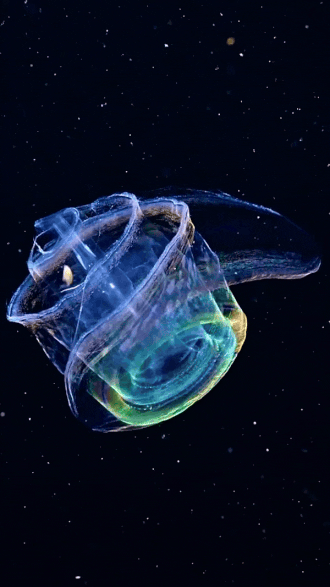

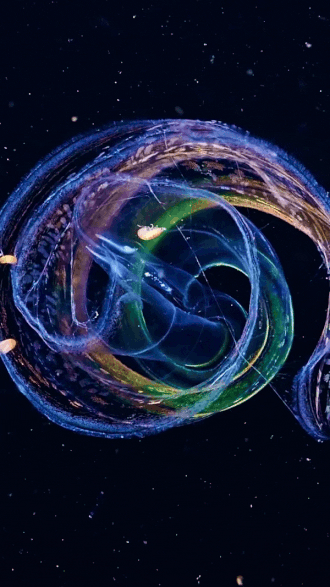
the venus girdle (cestum veneris) | aquatilis_expedition on ig
#stim#sea creatures#animals#bioluminescence#sfw#black#rainbow#blue#green#orange#teal#clear#ctenophores#comb jellies#the venus girdle#cestum veneris#glow#underwater#ishy gifs#postish
1K notes
·
View notes
Photo



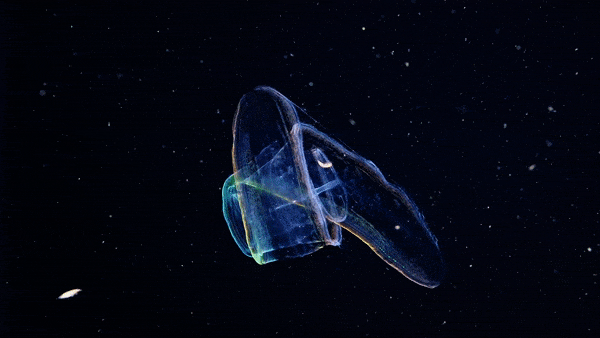


Venus girdle (Cestum veneris)
via Aquatilis
#nature#comb jelly#comb jellies#marine#ocean#sea#marine biology#bioluminescence#light#jellyfish#science#beauty#ctenophora
13K notes
·
View notes
Text
Taxonomy Tournament: Invertibrates


Tentaculata. This class of comb jellies have colloblasts, sticky cells that trap prey, on their tentacles
Porifera. This phylum is made up of sponges, some of the most basal animals, which are sessile and whose cells are not organized into tissues
45 notes
·
View notes
Text
Some ValenCTENES for your ocean minded beloveds.

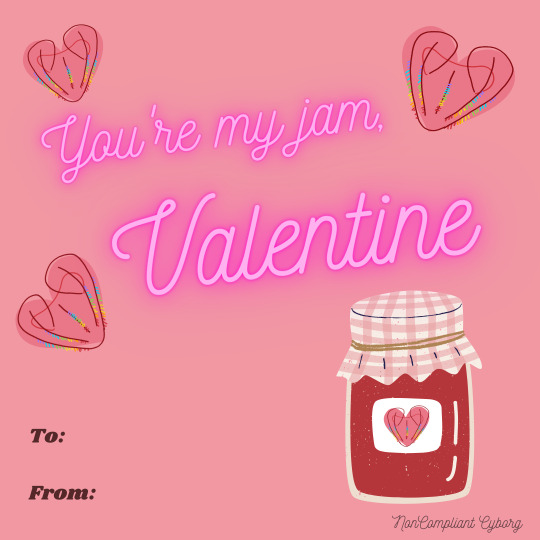


27 notes
·
View notes
Text

The Common Objects of the Seashore. Written by John George Wood. 1857.
Internet Archive
#marine life#cnidarians#jellyfish#comb jellies#crustaceans#barnacles#gastropods#nudibranchs#fish#bony fish#blennies#gobies
189 notes
·
View notes
Text
Comb jellies, the shiny bags of the sea
Today we will be talking about the comb jellies! Despite the name comb jellies aren't usually considered to actually be jellyfish (depending on your definition). They are in their own phylum called Ctenophora.
Comb jellies are oval shaped, gelatinous sea creatures with eight rows of cilia along their bodies that they use to move. These cilia will often refract light in a rainbow pattern, giving them their beautiful and iconic appearances. Comb jellies are the largest known animals to move using cilia.
Comb jellies often use tentacles to catch prey, but unlike normal jellyfish which have stinging cells to stun prey, comb jellies are covered in sticky cells called colloblasts and do not sting.
Comb jellies may in fact be the oldest animal group alive today, with debate surrounding whether they branched off from the animal lineage before sponges. Though it is still contentious.

Image via Wikipedia
18 notes
·
View notes
Photo


Ctenophores are more commonly known as Comb jellies, are marine invertebrates and resemble Cnidarians with a few notable similarities. Such as, lacking true organs, being mostly water, hollow gut, carnivorous behavior, tentacles, and are both diploblastic (having a body w/ only two embryonic layers). Many differences too though, like all cnidarians have stinging cells in their tentacles called nematocysts or cnidocytes (even if their stinging power isn’t always strong) but ctenophora have tentacles lined with sticky cells (colloblasts) so that they can catch prey. They also have different body shapes, Cnidarians that we consider jellyfish are radially symmetrical but Ctenophora are biradially symmetrical.
They are argued by some to be sister groups or even closely related but honestly jellyfish are closer to sea anemone than comb jellies based on our current evidence.
#ctenophora#ctenophore#comb jelly#combjellies#comb jellies#cnidaria#cnidarians#jellyfish#jellies#ceruleanmoonjellies#marine science#marine biology#can you tell im hyperfixating#might be wrong though
63 notes
·
View notes
Text
Creature Awaits #230
Each week I plan to feature an amazing creature, admiring God's fantastic artistry. Hopefully it’ll brighten someone’s day to see something new and interesting if they haven’t seen it before. : )
Continuing our October series.. "Cute…but Deadly" : )

(An awesome capture by Eric Polk (CC BY-SA 4.0 Deed))
The Bloody-belly Comb Jelly
Scientific Name: Lampocteis cruentiventer
Region: The Northern Pacific Ocean, usually between about 820'-4,921' (~250m-1,500m) deep
Size: About 6" (~16cm) long
Interesting Notes: As a comb jelly, this bizarrely beautiful creature doesn't move like a true jellyfish, but propels itself by rhythmically waving rows of hair-like cilia. Being totally translucent, its stomach's deep red color - one of the hardest colors to see at this ocean depth - stealthily keeps predators from spotting any bioluminescent meals still digesting within its stomach. Like its fellow comb jellies, instead of stinging its prey, it produces an extremely sticky, glue-like substance that holds its prey captive as it's slowly dragged into its mouth.
#creatureawaits#beautiful animals#elegant animals#comb jellies#bloody-belly comb jelly#Lampocteis cruentiventer#translucent animals#bioluminescence#stealthy animals
3 notes
·
View notes
Text
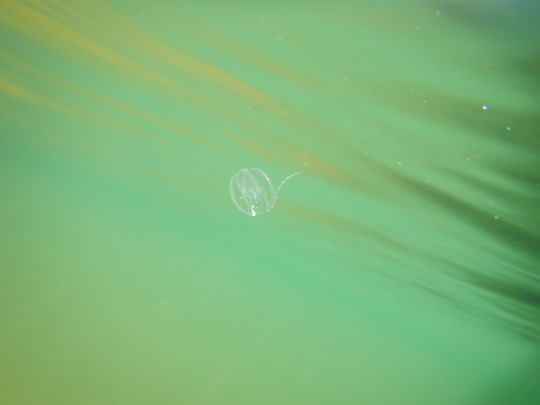
Glistening Jelly - a comb jelly near the surface.
3 notes
·
View notes
Text
#decades of debate#chromosomal analysis#tree of life#sister to all animals#sea sponges#comb jellies#journal nature#darrin t schultz
1 note
·
View note
Text
Comb Jellies
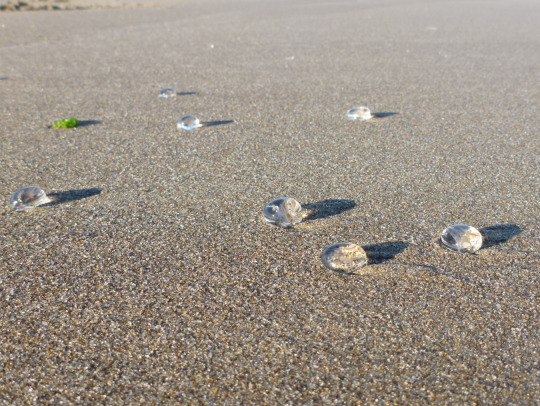
View On WordPress
6 notes
·
View notes
Text
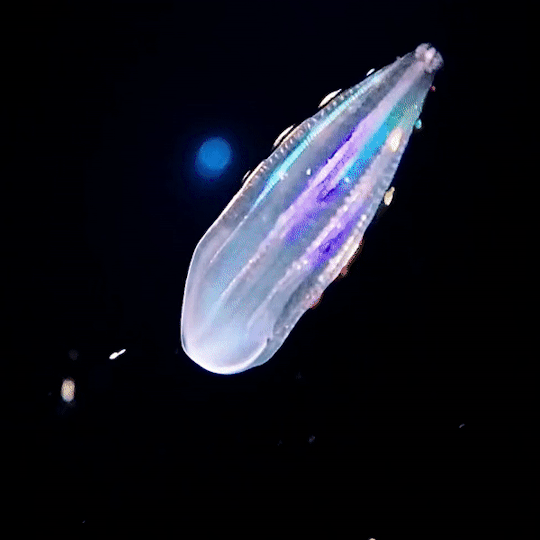

funky little comb jellies | source
#stim#comb jellies#sea creatures#ctenophores#sfw#blue#clear#rainbow#white#lights#glow#bioluminescence#animals#marine life#nature#underwater#flashing gif#flashing#ishy gifs#postish
841 notes
·
View notes
Photo

Beroe abyssicola via Aquatilis
#comb jelly#nature#bioluminescence#ctenophore#marine biology#jellyfish#science#beauty#marine#ocean#sea#comb jellies#ctenophora
576 notes
·
View notes
Text
Taxonomy Tournament: Invertibrates
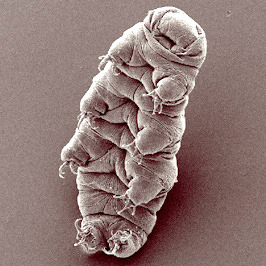

Tardigrada. This phylum is made up of tardigrades, also known as water bears, eight-legged segmented micro-animals. They're among the most resilient animals, able to survive high and low extremes in temperature and pressure.
Tentaculata. This class of comb jellies have colloblasts, sticky cells that trap prey, on their tentacles
#animals#biology#polls#poll tournament#zoology#tardigrades#water bears#ecdytes#comb jellies#Tardigrada#Tentaculata#0x16v0x29
43 notes
·
View notes
Text
Dryodora glandiformis


Spotted this gorgeous ctenophore and it absolutely made my night. The rainbows are caused by the little rows of combs it used to swim; as they move they refract the light, causing spectacular waves of color. Also please appreciate its silly wrinkly mouth in the second picture - it conveys an emotion I can't quite name.
I don't expect this to do numbers but it is my life mission to tell more people about ctenophores so poll:
#ctenophore#comb jelly#comb jellies#marine biology#marine life#salish sea#sea creatures#ocean#my marine life photos#nightlighting#night lighting
14 notes
·
View notes
Text
life would be so much easier if i were a comb jelly. no thought. no sad. only glow rainbow colors.
0 notes